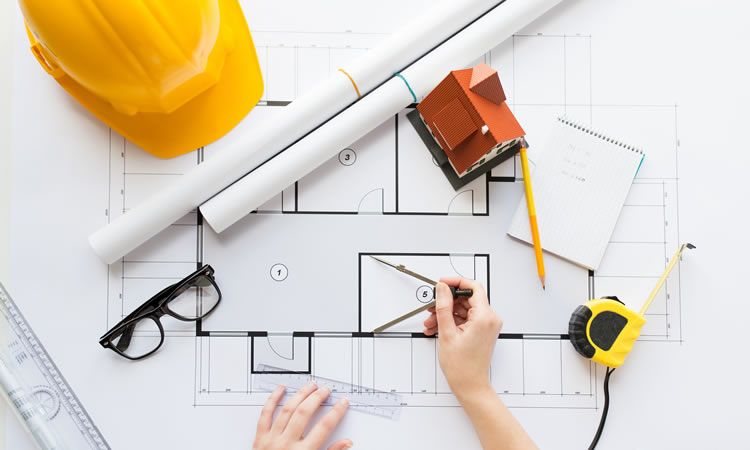Designing the right ventilation
The airflow rate, in other words the correct definition of the amount of air to change in indoor environments is clearly expressed in ISO 17772-1.
- This Standard sets the minimum ventilation parameters at 14.4 m3/h per person
- On the basis of these specifications, the designers appropriately size the ventilation system
- The fresh air flow rates indicated in the standard are:
- based on international scientific studies into Indoor Air Quality (IAQ)
- calculated to keep concentrations of pollutants at a safe level for health

THE PARAMETERS FOR CHOOSING THE RIGHT VENTILATION
In the last five years, the reference market has exploded with all kinds of ventilation system technologies, offering both residential and commercial solutions.
Designers and users can therefore base their choice on a number of factors:
- Available technical spaces
- Available finances
- Climate
- Filtration of incoming supply air, if required
- Need to use sensors to keep air change optimum
- Intended use of environments
FROM THE DEPLETION OF OIL RESERVES TO RENEWABLE ENERGIES
At a time when we need to drastically cut back on energy consumption, buildings are becoming increasingly airtight and leakage-free.
A specific ventilation system is required so you can get the air you need, when you need it.
People are often unaware of the level of indoor pollution so they don't feel the need to air rooms even in the most critical or hazardous situations.

AIRING AND DISPERSION
Opening the windows when it's cold causes heat loss and it doesn't help to improve indoor pollution.
For example, the best solution would be to change the air in bedrooms at night, while people are sleeping, to lower the levels of lower carbon dioxide and relative humidity (which would lead to condensation at cold spots).
But who's going to get up at regular intervals to air the bedroom when they're sleeping?



